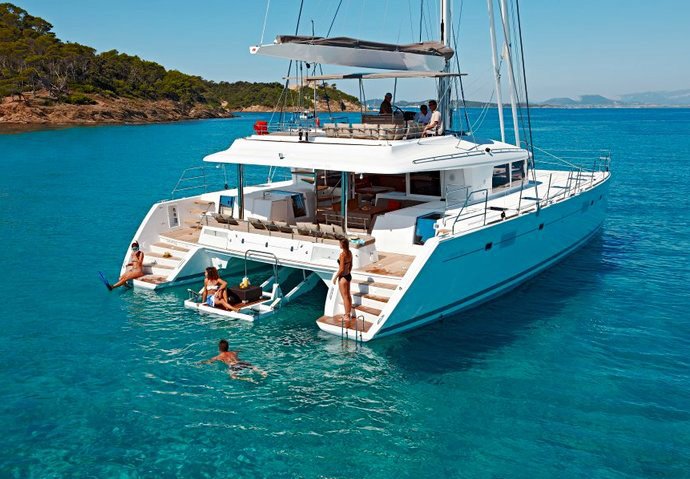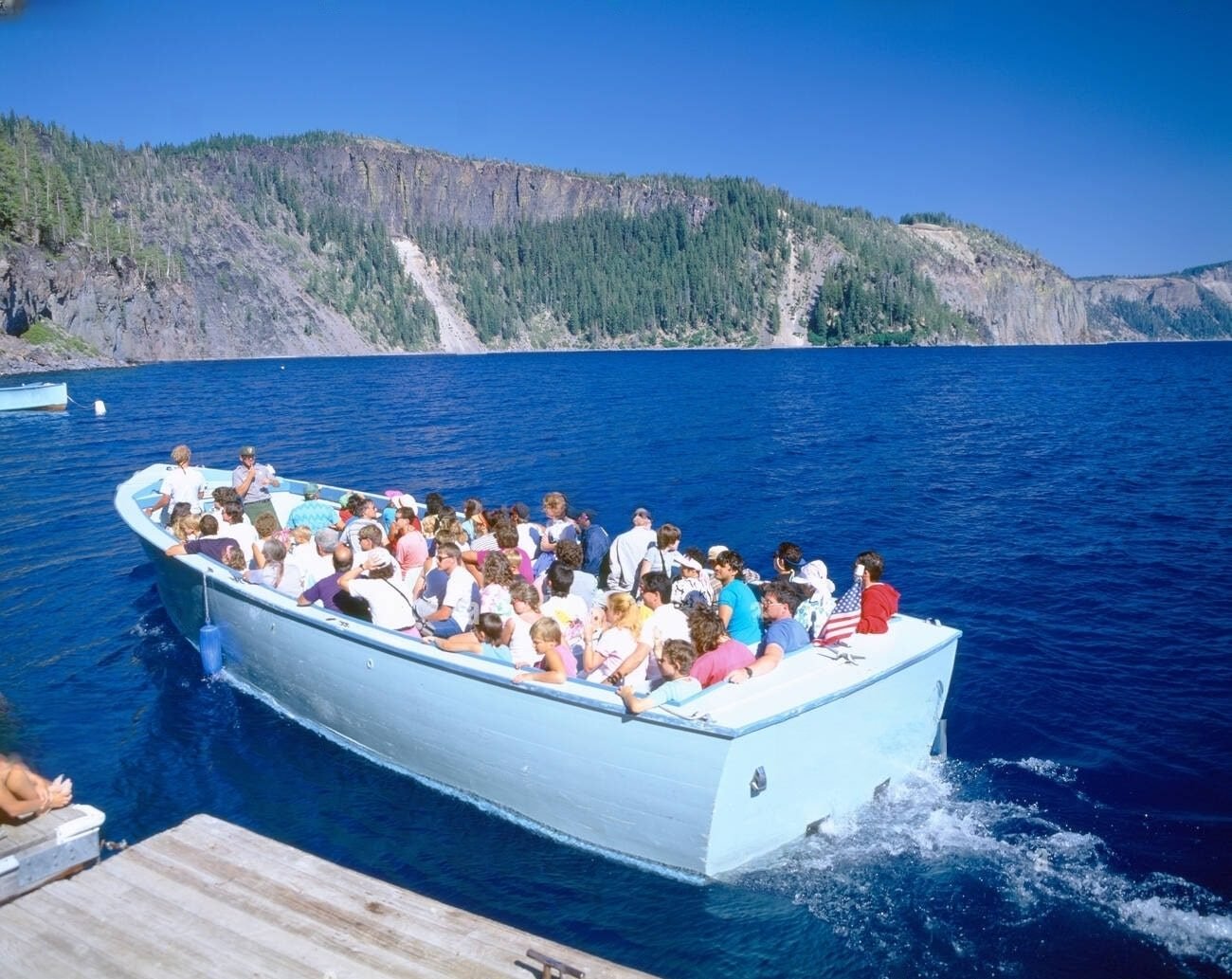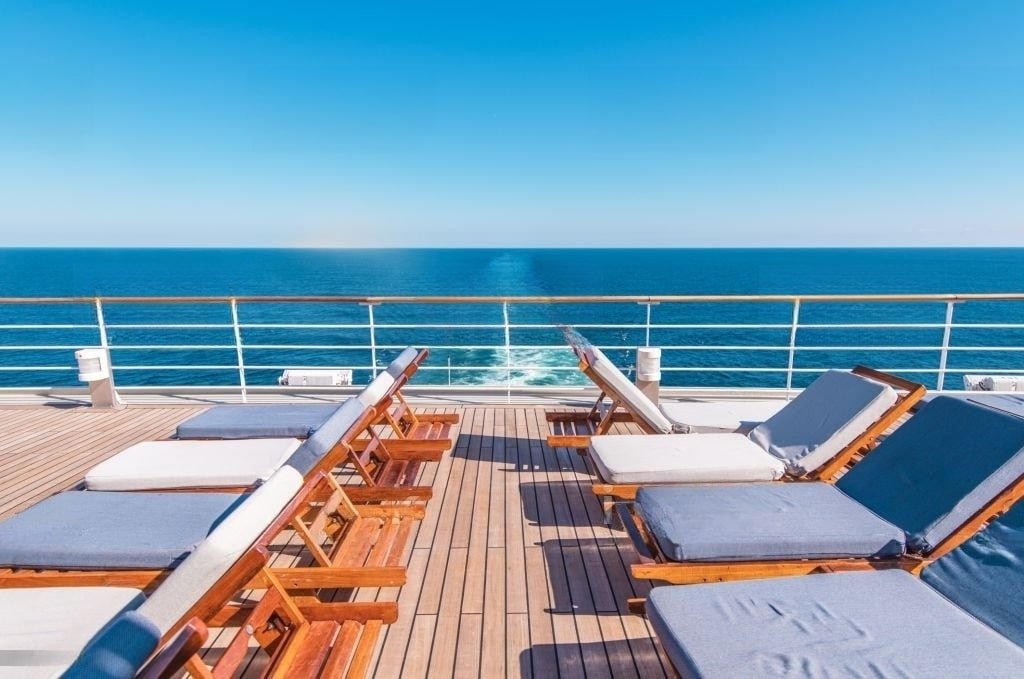Yachting is a trendy pastime – for many; it’s the ultimate escape. Enjoying the ocean’s lovely scenery and being away from the hustle and bustle of the city, without a doubt, is one of the most soothing experiences. With the open ocean in front of you and the wind in your hair, there’s nothing quite like being on board a yacht. But how far can a yacht travel? You may check for a yacht rental in Miami. This article explores the factors affecting a yacht’s range and examines some of the longest journeys. So if you’re eager to find out how far your yacht can take you, read on!
Longest Yacht Journeys: The longest yacht journeys ever taken include circumnavigations of the world, trans-pacific crossings, and epic voyages across the Atlantic Ocean. Read this article for exciting information on the world’s longest nonstop ocean voyage.
What is a yacht
Before we delve into how far a yacht can travel, let’s define what makes a boat qualify as a yacht. Generally, a yacht is any recreational boat designed for pleasure cruising and used for personal or family recreation.
Common features of yachts
Yachts come in all shapes and sizes, so there is no one-size-fits-all definition. However, most yachts share some standard features, such as comfortable living spaces, spacious decks for entertaining, and specialized navigation systems. Yachts also have powerful engines, allowing them to travel faster than recreational boats.
Different types of yachts
Yachts can be classified into four different types: sailing yachts, motor yachts, trawlers, and cruisers. Sailing yachts are designed for speed and agility, while motor yachts offer more stability in rough waters. Trawlers are designed for long-distance cruising, while cruisers are typically smaller vessels that are great for day trips or weekend getaways.
Factors Affecting How Far a Yacht Can Travel
Several factors, including the size and type of vessel, fuel capacity, weather conditions, and more, determine a yacht’s range.
Size and weight of the yacht
The size and weight of the yacht affect the range since larger vessels require more fuel for power. Generally speaking, yachts over 50 feet in length can travel up to 1,000 nautical miles on a single fuel tank, while smaller ones can typically go up to 600 nautical miles or less.
Fuel Capacity
Fuel capacity is also critical in how far a yacht can travel. The size of the fuel tank on board determines how much fuel can be stored, and larger vessels tend to have larger tanks. For example, a 50-foot sailing yacht may have two 200-liter fuel tanks, while a 30-foot motorboat may only have one 90-liter tank.
The fuel tank of a yacht can typically accommodate 25,000 gallons of fuel. However, the amount can differ depending on the size- smaller yachts might have as little as 1,000 gallons, while larger ones could have 250,000 gallons or more.
Weather conditions
Weather conditions may influence the distance a yacht can travel. Calm seas and steady winds can help propel the yacht forward, enabling it to cover more distance. Whereas high seas, heavy storms, and strong winds can all drastically reduce the range of a yacht. In extreme cases, anchoring or seeking refuge in a nearby port may be necessary until the storm passes.
Maintenance
Regular maintenance is critical for running your yacht smoothly and ensuring it can travel long distances. This includes regular engine servicing, hull cleaning, and checking that all the safety systems on board function correctly.
Crew size and abilities
The crew’s size and experience level are also crucial regarding how far yachts can travel. A larger crew knowledgeable in sailing and navigation can cover more distance than a smaller, less experienced team.
Distance Capabilities of Different Yacht Types
Sailing yachts can cover the greatest distances, while motor yachts are better suited for shorter trips. some of the examples are as follows
Luxury motor yachts
Luxury motor yachts are typically larger vessels with more powerful engines and bigger fuel tanks, enabling them to cover greater distances. For example, a 65-foot motor yacht can travel up to 2,500 nautical miles on a single fuel tank.
Cruisers
Cruisers are smaller, more agile vessels better suited for day trips and weekend getaways. Cruisers typically have smaller fuel tanks, so they can only travel up to 500 nautical miles before refueling.
Sailing yachts
Sailing yachts are the most efficient type of yacht for long-distance travel. The combination of sails and an engine can help sailing yachts cover up to 3,000 nautical miles on one fuel tank.
Catamarans
Catamarans are boats with two hulls that provide improved stability in rough waters. They usually come with bigger fuel tanks, enabling them to travel as far as 2,500 nautical miles on a single fuel tank.
Superyachts
Superyachts are the largest and most luxurious yachts available. These vessels typically have large fuel tanks, enabling them to travel up to 6,000 nautical miles on one fuel tank.
Houseboats and cruisers
Houseboats and cruisers are smaller vessels, usually around 30 feet in length. These boats typically have small fuel tanks, so they can only travel up to 250 nautical miles on one fuel tank.
Conclusion
A yacht’s distance is based on various factors, such as the vessel’s size, type, fuel capacity, and weather conditions. Sailing yachts can cover longer distances than motor yachts, which are more suitable for shorter trips.









